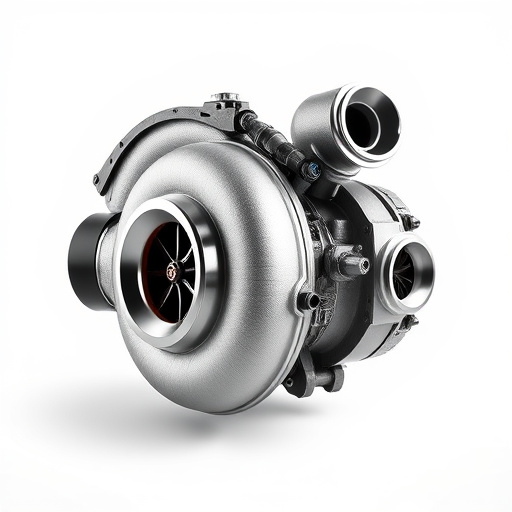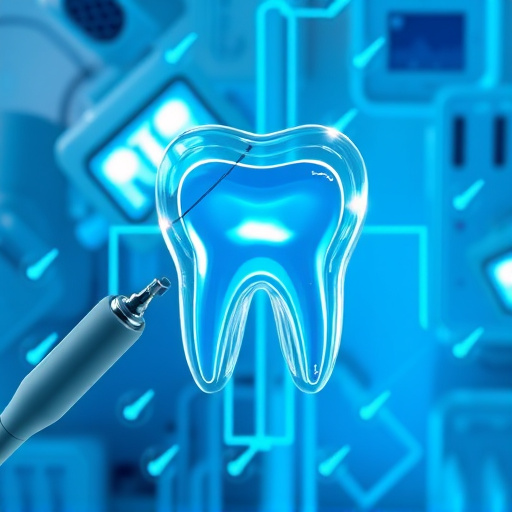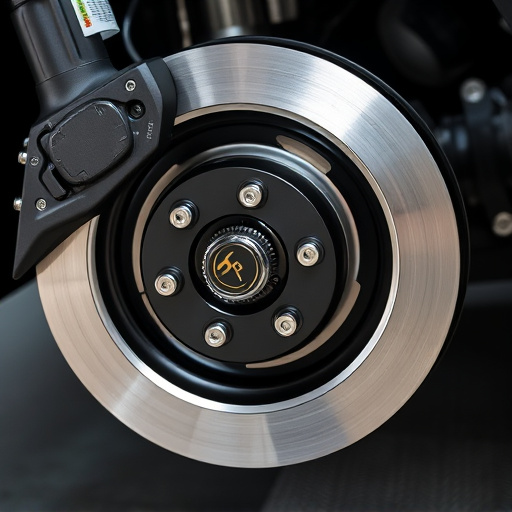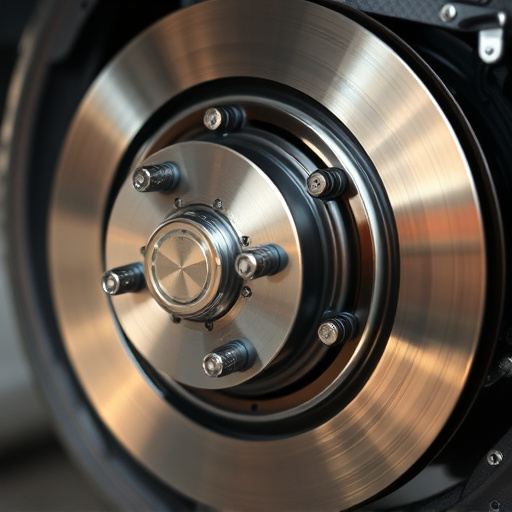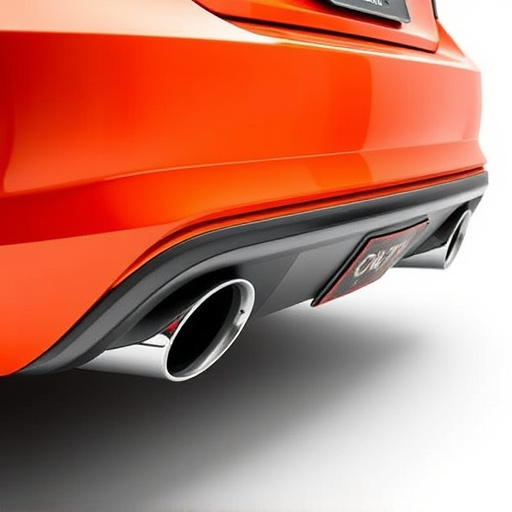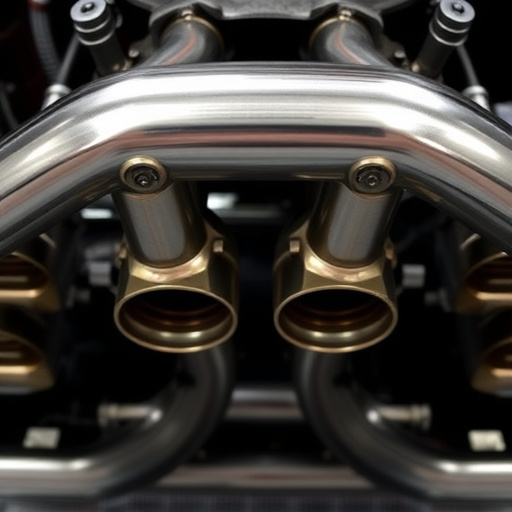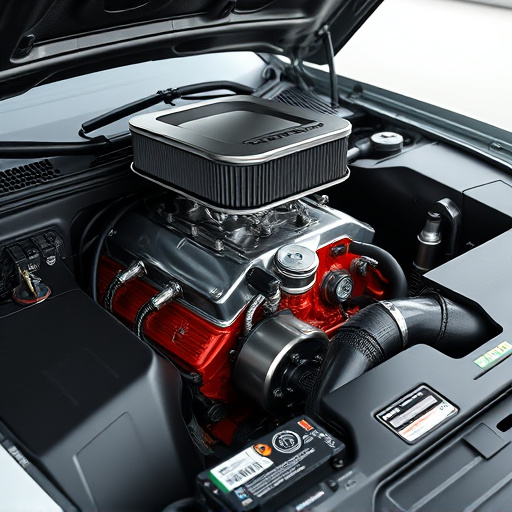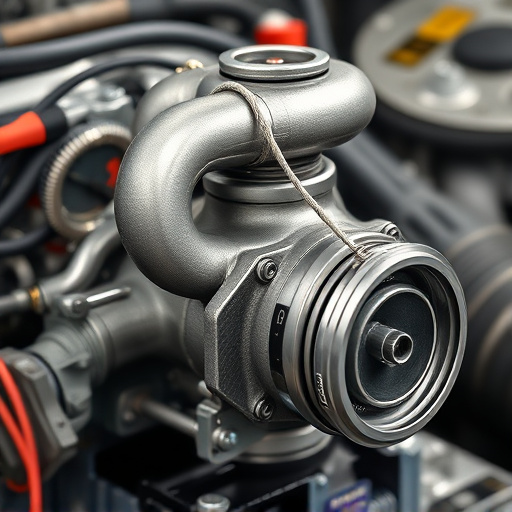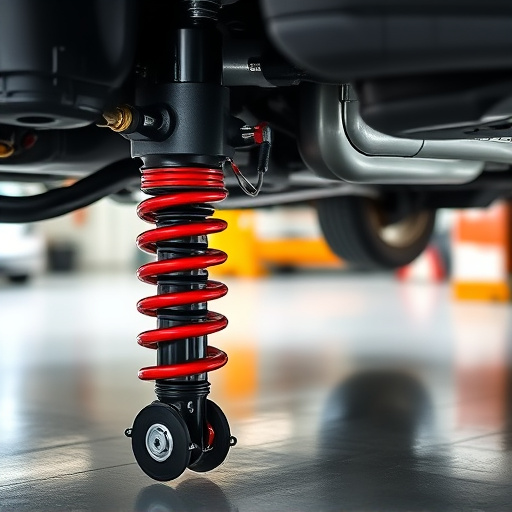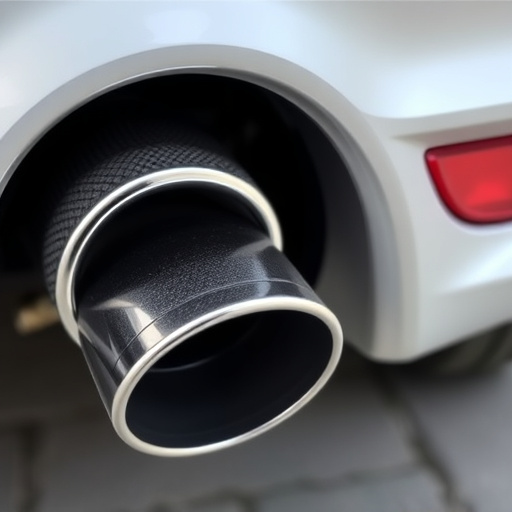Catalytic converters play a vital role in modern vehicles, reducing emissions and optimizing combustion. During high-performance vehicle modifications, replacing these components strategically is key for both environmental compliance and engine efficiency. A well-chosen catalytic converter replacement can improve gas mileage, power output, and overall vehicle performance. This process involves disassembling the exhaust system, installing the new converter with precise alignment, reconnecting air filters, and rigorously testing for optimal performance and leaks, ensuring a successful upgrade that benefits both daily driving and track use.
Looking to enhance your vehicle’s performance after modifications? Consider the crucial role of a catalytic converter. This essential component cleans exhaust gases, reducing harmful emissions and contributing to engine efficiency. When modifying your car, replacing the catalytic converter can unlock improved performance and fuel economy. Our guide breaks down the process step-by-step, ensuring optimal results for your tailored vehicle setup, with expert tips for a successful catalytic converter replacement.
- Understanding Catalytic Converters: Their Role and Function in Vehicles
- Why Replace a Catalytic Converter During Modifications? Unlocking Performance and Efficiency
- Step-by-Step Guide: Efficient Catalytic Converter Replacement Process for Optimal Vehicle Performance
Understanding Catalytic Converters: Their Role and Function in Vehicles
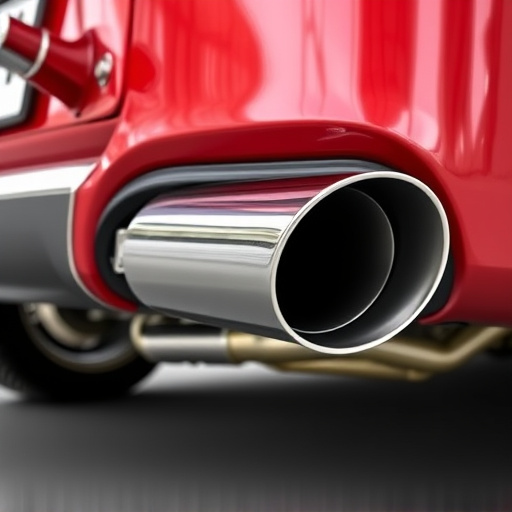
Catalytic converters are a vital component in modern vehicles, playing a crucial role in reducing harmful emissions and ensuring efficient combustion. These devices work by facilitating a chemical reaction within the exhaust system, transforming toxic gases into less harmful substances. During vehicle modifications, understanding the catalytic converter’s function becomes essential, especially when considering high-performance parts like coilover kits or performance brakes. It is not just about enhancing speed or stopping power but also ensuring compliance with environmental regulations.
When modifying a vehicle, replacing the stock catalytic converter with a new one designed for high-performance applications can be a strategic move. This upgrade enables better airflow and fuel combustion, potentially improving overall engine performance. While some modifications may require specific hardware, like coilover kits for suspension tuning or performance brakes for enhanced stopping capabilities, a carefully chosen catalytic converter replacement ensures the vehicle continues to meet emissions standards.
Why Replace a Catalytic Converter During Modifications? Unlocking Performance and Efficiency
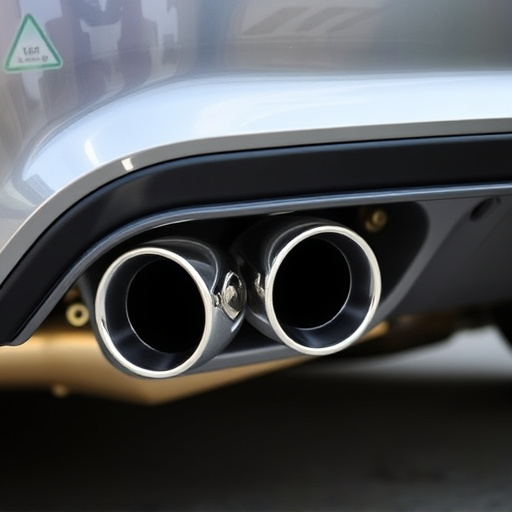
When modifying a vehicle, especially with upgrades to the engine or exhaust system, considering a catalytic converter replacement is crucial for unlocking both performance and efficiency. The catalytic converter plays a vital role in reducing harmful emissions and maintaining optimal engine performance. During modifications, replacing this component can be game-changer for several reasons.
Upgrading to a high-flow catalytic converter or a custom-designed one tailored to your specific air intake systems and performance air filters can significantly improve gas mileage and power output. This is because a new converter allows for smoother flow of exhaust gases, reducing backpressure in the system. Consequently, the engine operates more efficiently, leading to better fuel economy and increased horsepower, which are beneficial for both everyday driving and track days.
Step-by-Step Guide: Efficient Catalytic Converter Replacement Process for Optimal Vehicle Performance
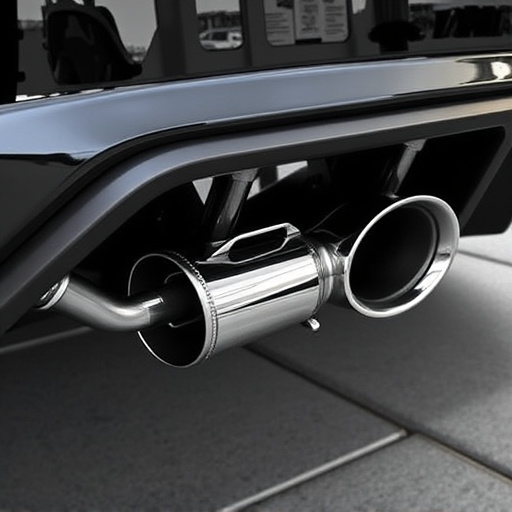
Step-by-Step Guide: Efficient Catalytic Converter Replacement Process for Optimal Vehicle Performance
Catalytic converter replacement is a crucial step in vehicle modifications, especially when aiming for optimal performance and efficiency. Begin by identifying the need for a replacement; this could be due to damage, deterioration, or an upgrade to a high-performance cat back exhaust system. Gather the necessary tools and parts, ensuring compatibility with your vehicle’s make and model. Safety should always be a priority, so wear appropriate protective gear.
The process starts with removing the old catalytic converter, which often involves loosening suspension components and disconnecting the air filter kits to access the exhaust system. Once exposed, carefully separate the converter from its mounts, being mindful of any sensors or wiring attached. Install the new converter, ensuring proper alignment and secure attachment. Reassemble the exhaust system, reconnect the air filter kits, and retighten any suspension components you had to move for access. Testing is key; drive the vehicle to ensure optimal performance and check for any leaks in the system.
When modifying your vehicle, considering a catalytic converter replacement can significantly enhance performance and efficiency. This essential component plays a crucial role in reducing harmful emissions and optimizing engine output. By following a structured process outlined in this article, from understanding the basic function to the step-by-step installation, you can ensure a successful conversion that contributes to both a greener environment and improved driving dynamics. Catalytic converter replacement is not just a modification; it’s a smart choice for any automotive enthusiast looking to unlock their vehicle’s full potential.


